Overground Railroad is a book that looks at how black people traveled from the mid-1930s through the mid-1960s. In my mind’s eye that’s the way, I described Overground Railroad, the Green Book, and the Roots of Black Travel in America to myself. It felt odd when I stated it that way, but that’s because I hadn’t heard about the Green Book and I was thinking about the topic from my modern-day perspective. It’s also worth noting that this is the Overground Railroad version that’s been adapted for young adults. In 2020 a book with the same title, by the same author came out, but that was geared for an older audience.
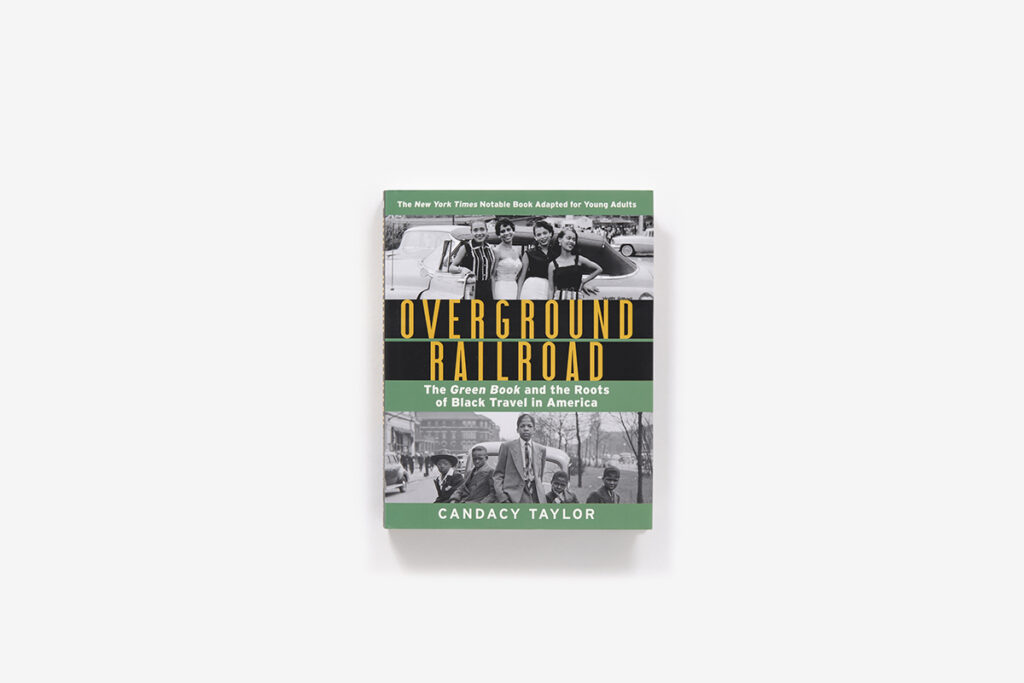
This version of Overground Railroad is appropriate for middle school readers and up. It’s very heavy with paragraphs of all sizes, newspaper clippings, maps, and magazine covers from the Green Book. The book is incredibly well documented and organized chronologically from the onset of the Green Book, through travel that incorporated Route 66, integration, and the book’s final publication. But, just what was the Green Book and why was it so important?
Firstly, we must introduce you to Victor Green, the creator, and publisher of the Green Book. Now, let’s try to imagine that you’re a black person who wants to travel the United States in the era of Jim Crow. Discrimination is illegal, but it’s still actively happening and you, as a tourist or traveler simply want to stay, eat or go someplace where you can simply relax or engage in commerce. That was the purpose of the Green Book.
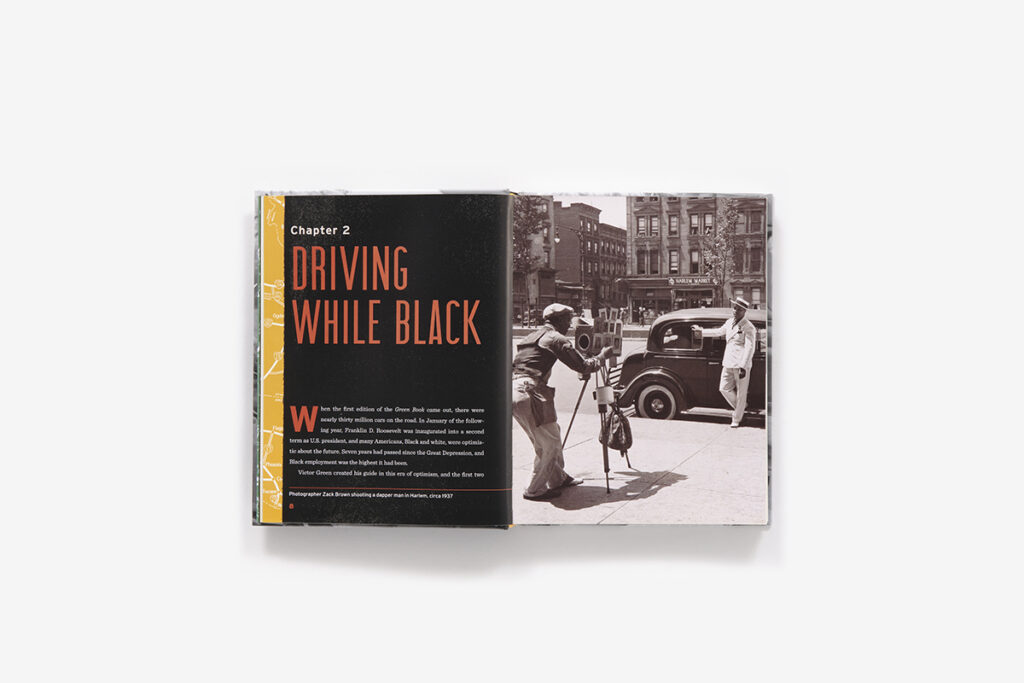
It helped black travelers determine which places were friendly to them. In other words, they were establishments that treated them like any other customer today. But, remember, through the lens of America circa 1935, getting something as simple as a hotel room or car repair could almost be impossible, depending on where you are or what place you went to.
Between the detailed stories, time-capsule appearance of the photographs, and unbelievable nature it’ll keep Middle school readers enthralled. Older readers will be stunned that such a thing existed and that you’re just learning about it. For example, I had never heard of the Green Book and the mere fact that we once lived in a world where something was necessary makes my head spin a little bit. Its existence is a fascinating bit of history that most people in your social studies class won’t know about, including your teachers.
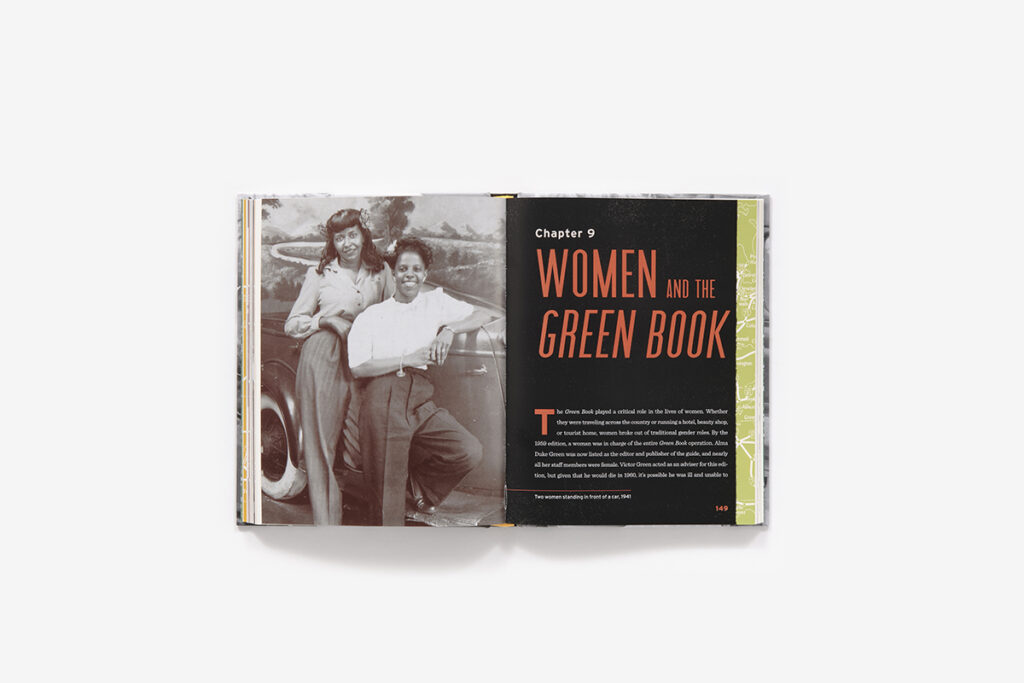
During its publication, if you were a black person looking for a music venue in Los Angeles then the Green Book was the only resource for you to find it. Any aspect of life was covered in the book and was mandatory for people of color. In the early ’50s the Green Book changed from its colloquial name (Negro Motorist Green Book) to the Negro Travelers’ Green Book. While it was still commonly called the Green Book, the name change was done because people erroneously thought that it was only for car travel.
While reading the book it’s difficult to fathom a time when a service like the Green Book was needed. That’s why a book like Overground Railroad, specifically this version that is geared for young adults, is great. It puts the times and situations in a real-world, non-fiction instance that middle school students and up will be able to relate to and understand.
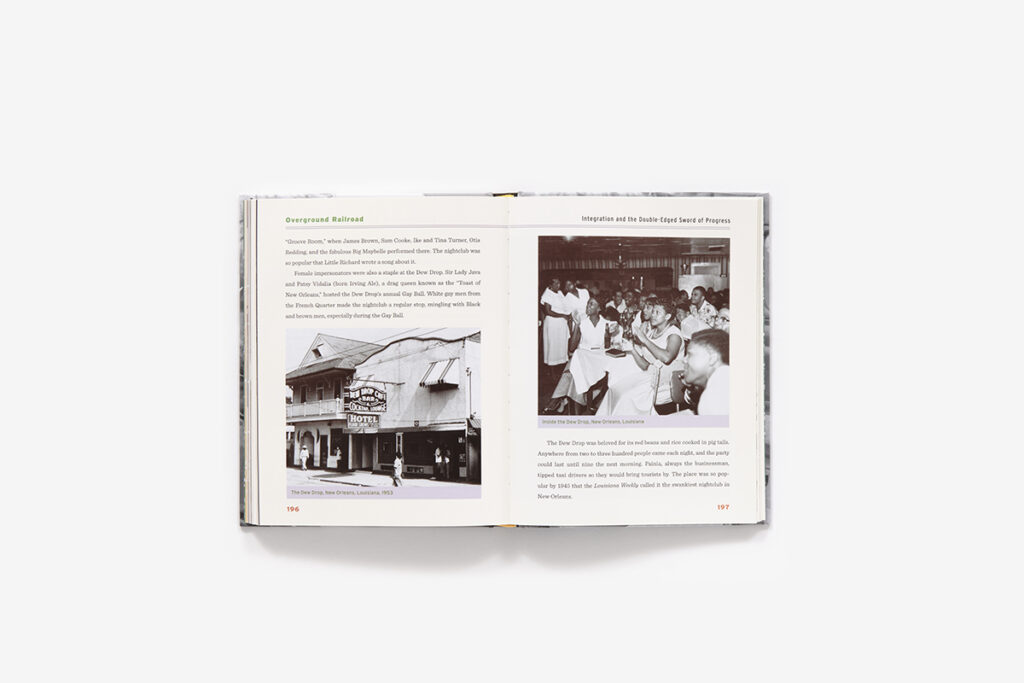
Author Candacy Taylor looked at issues of The Green Book and retraced some of the actual routes. In those instances, she has photographs of how the establishments looked back when they were listed in the Green Book, as well as, one from modern-day times.
The text in the book is on par for those ages 12 and up to be able to read and understand it. The chapters are too long for those ages to read it in one sitting, but most importantly, it won’t scare them off. It’s written in a way that they can follow and organized into chapters that contain elements that they have in common, such as overall history, Route 66, women’s place in the Green Book, integration, and more.
The one issue with the book that will lose some young readers is the final chapter. It’s a massive one that covers a phenomenal amount of content on the period of time that happened after the Green Book ceased publication. As that was in the mid-1960 we know that a paradigm shift occurred in regards to civil rights and more. That sixty-year period of time is represented well for young readers, but it’s more like it deserves another book, rather than a chapter in Overground Railroad. That same chapter also suffers from a little political bias, which muddies the concise, apolitical stance of the majority of the book.
This is not enough to put older readers away from the book though. It’s more likely that young readers will read the first 90% of Overground Railroad, enjoy the photographs and shake their heads in amazement that such a time like that existed.
Overground Railroad, The Green Book and the Roots of Black Travel in America, adapted for young adults is by Candacy Taylor and available on Amulet Books, an imprint of Abrams Books.
There are affiliate links in this post.

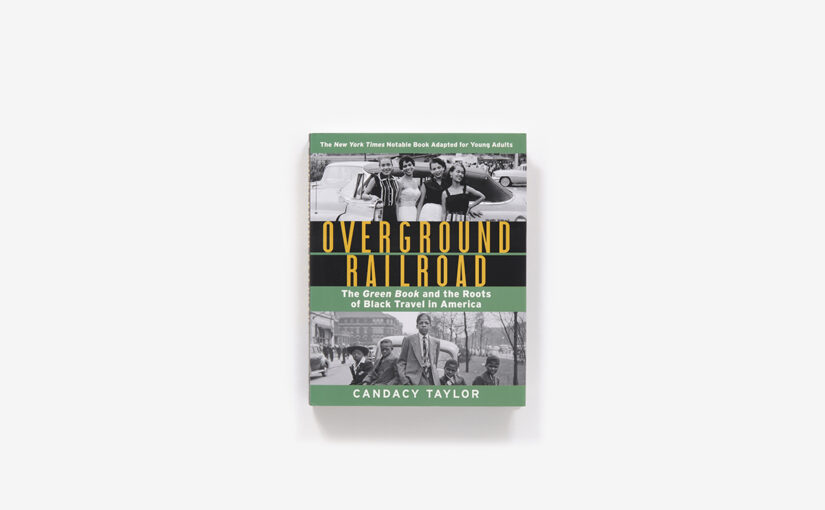



 Facebook
Facebook Twitter
Twitter Flickr
Flickr GooglePlus
GooglePlus Youtube
Youtube